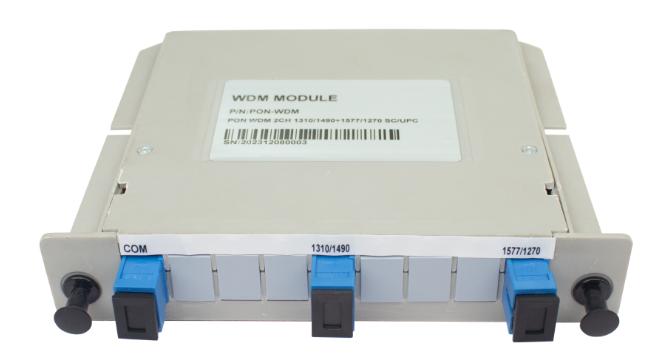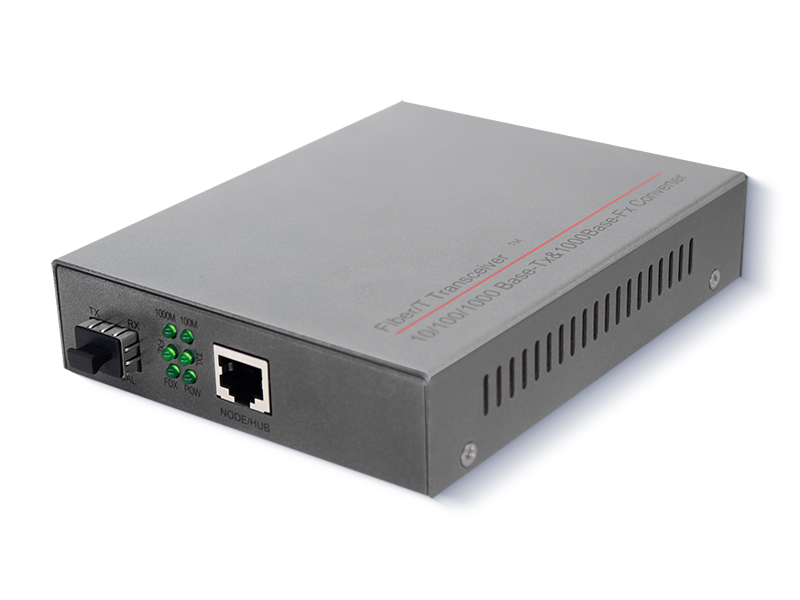Broadband PON Network Single-Line Dual-Access Device Manufacturer--FIBERWDM

In today's digital society, high-speed broadband connection has become an indispensable part of people's daily life and work. The broadband PON network transmits the broadband signal to the end user through the optical fiber to realize the high-speed and stable network connection. Traditional PON networks usually use a single-line single-access structure, that is, a single fiber to connect only one end-user. However, with the wide spread of digital applications, single-line single access has been unable to meet the needs of users.
FIBERWDM's broadband PON single-line dual-access device can open two broadband services at the same time using a single-core fiber-optic cable, the product pair loss < 1.6dB, low failure rate, small size, easy installation and strong concealment.
Broadband PON single-line dual-access devices usually consist of two main components: optical multiplexer (MUX) and optical splitter (DEMUX) . The optical multiplexer is used to combine the upstream signals of two users (from user to OLT) , while the optical splitter is used to separate the downstream signals (from OLT to user) . The signals of two users are transmitted at different wavelengths, and the optical separator separates the signals according to the wavelengths.
The application is as follows:

This scheme adopts single-line and double-access, regardless of whether the mobile is covered by EPON/GPON or 10G EPON (symmetrical type)/XGPON, 1491/1310 channels or 1577/1270 channels can be released through "single-line dual access" to carry out simultaneous mobile and broadband access to the home. To meet the demand of one-room single-user multi-broadband, one-room multi-tenant multi-broadband, and broadband in one room before expiration, fast grid connection/transfer.
FIBERWDM's single-line dual-access device for broadband PON network is beneficial for broadband providers to achieve higher resource utilization, reduce the use of optical fiber, and reduce network construction costs. At the same time, users can enjoy higher broadband speeds and more stable network connections.


















